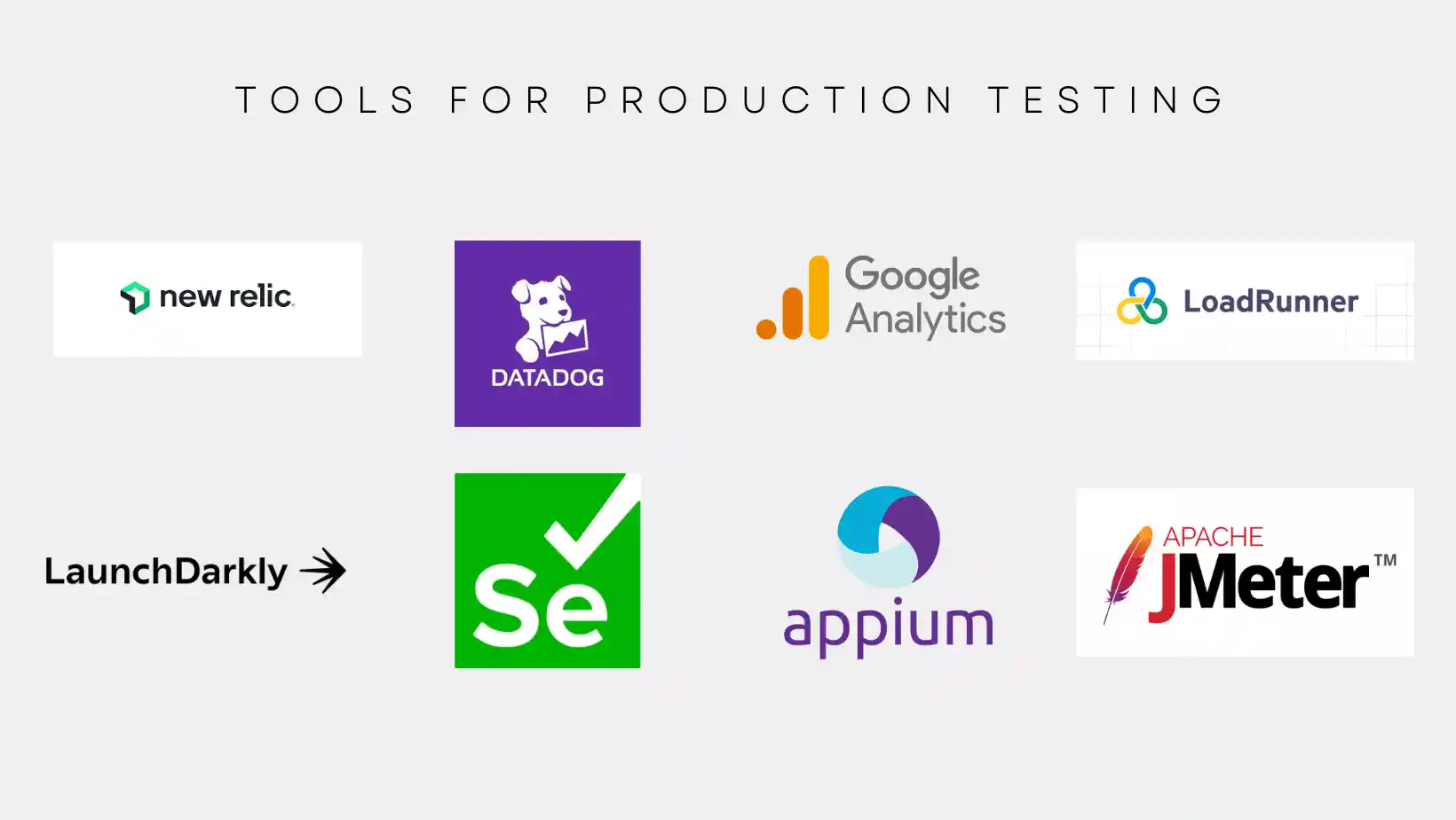Table of Contents
Testing an app in a production environment can be a controversial yet necessary practice. This process, known as production testing, involves evaluating software in its live environment. While once met with skepticism, to test an app is increasingly recognized for its value in ensuring software quality. This detailed guide will help you understand the nuances of production testing and how to implement it effectively.
Introduction to Production Testing
Understanding Production Testing
Production testing refers to the practice of evaluating new code changes directly in the live environment, where real users interact with the software. This approach aims to complement other types of testing—such as functional and non-functional testing—by providing insights from real-world usage.
Why Test in Production?
The primary reason for testing in production is to capture genuine usage data that is often difficult to replicate in a staging environment. This real-world data can highlight issues related to scalability, user behavior, and unexpected interactions that might not be apparent during pre-production testing.
Benefits of Testing in Production

Authentic User Experience
Testing in production allows you to evaluate the user experience in the actual environment where the app is used. This can provide valuable feedback that is not possible to obtain in a controlled staging environment.
Preparedness for Unexpected User Actions
Users often interact with applications in unpredictable ways. Testing in production helps identify and address issues that arise from these unexpected user behaviors.
Real-World Payment Verification
For apps involving financial transactions, it is crucial to test payment processes in the production environment to ensure they function correctly under real conditions.
Challenges of Production Testing

Risk of Deploying Flawed Code
One of the main concerns with production testing is the potential to deploy flawed code that could disrupt the user experience. It requires careful planning and risk management.
Exposure of Sensitive Data
Testing in production might inadvertently expose sensitive data if not handled correctly. Ensuring data privacy and security is paramount.
System Performance Issues
Testing can place an additional load on the system, potentially affecting performance and user experience. This needs to be carefully managed to avoid negative impacts.
Test an App Effectively Key Strategies
Real User Monitoring (RUM)
Real User Monitoring tracks and analyzes the interactions of real users with the application. It provides insights into performance issues, user behavior, and overall experience.
A/B Testing
A/B testing involves comparing two versions of a webpage or app to see which performs better with live traffic. This approach enables data-driven decisions about features or designs.
Canary Releases
Canary releases gradually roll out changes to a small subset of users before a wider release. This allows teams to monitor and evaluate the impact of new updates in the production environment.
Feature Flagging
Feature flagging allows you to toggle specific features on or off without deploying new code. This enables testing of feature impacts on user experience and system performance.
Load Testing
Load testing simulates real-life load conditions to understand how the system behaves under heavy traffic or data processing demands.
Chaos Engineering
Chaos engineering intentionally introduces disturbances or failures in the production environment to test the resilience and reliability of the system.
Synthetic Monitoring
Synthetic monitoring uses automated scripts to simulate user interactions, helping identify issues before they affect real users.
Shadow Testing
Shadow testing routes incoming traffic to both the production environment and a clone of the production environment, allowing comparison and testing without impacting the live system.
Blue/Green Deployments
Blue/Green deployments switch traffic between two identical production environments, one hosting the current version and the other the new version. This minimizes downtime and risk during updates.
Tools for Production Testing

Application Performance Monitoring (APM) Tools
APM tools like New Relic and Datadog provide real-time performance insights, helping identify and resolve issues quickly.
User Analytics Platforms
Platforms like Google Analytics help understand user interactions and identify potential UX issues.
Feature Flagging Services
Services like LaunchDarkly enable safe testing of new features by allowing features to be toggled without a code deployment.
Automated Testing Tools
Tools such as Selenium (for web), Appium (for mobile), and JMeter and LoadRunner (for load testing) are essential for efficiently identifying and resolving issues.
Real User Monitoring (RUM) Tools
Tools like Raygun and LogRocket provide direct insights into user experiences and errors.
Real-World Examples and Insights
Insights from Industry Professionals
Experts in the field have highlighted the benefits and challenges of testing in production. While it offers valuable insights, it requires a skilled and cautious approach to avoid potential pitfalls.
Example: Global App Testing
At Global App Testing, a crowd of professional testers from around the world provides real-time feedback and insights. This continuous evaluation enhances the ability to deliver timely and error-free software. This is one of the best ways to test an app in real time.
Best Practices for Production Testing
Plan Carefully
Planning is critical to mitigate risks. Ensure all stakeholders are involved and aware of the potential impacts.
Monitor Continuously
Continuous monitoring allows you to catch issues early and address them promptly.
Use Automation
Automated testing tools can increase efficiency and effectiveness, providing quick feedback on code changes.
Conduct Risk Assessments
Regularly assess the risks associated with production testing and adjust strategies accordingly.
Communicate Transparently
Maintain open communication with your team and stakeholders about the testing process and any issues that arise.
Conclusion
Testing an app in a production environment is a valuable practice that can provide real-world insights and enhance software quality. While it comes with challenges, careful planning, continuous monitoring, and the right tools can mitigate risks and ensure a successful implementation. By adopting these strategies and best practices, you can effectively manage production testing and deliver high-quality applications that meet user expectations.